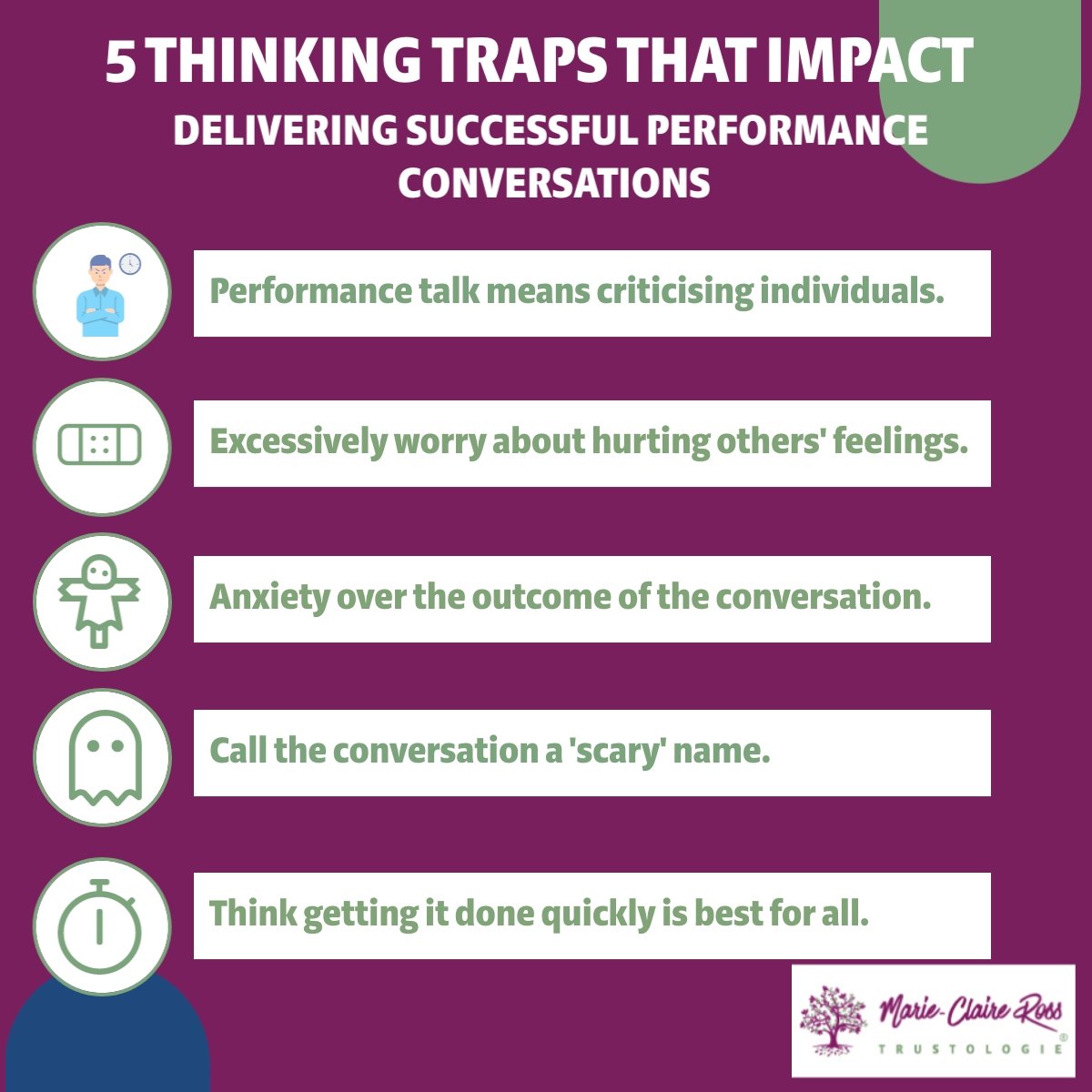In an organisation, decisions around profit, process and product can be relatively easy. It involves using our intellect to make rational decisions based on empirical evidence that is often stable and predictable. But where it gets tricky is when we make decisions involving people.
Developing and progressing people – the company’s culture – is always difficult. Humans are complex, unpredictable and emotional. Some are even downright unmanageable. We each have different emotional triggers and ranges in behaviour. Yet, without people – profit, process, and product don’t mean anything. We can’t get them to work without people.
Why people decisions are often problematic is that at its core it involves trusting people to do the right thing. This occurs in the part of the brain that processes emotions, such as trust and loyalty. It has no capacity for language and explaining its decision. It operates subconsciously and only understands emotions. This means when employees trust leaders about a new change, it’s based on feelings. In other words, how they feel about whether leaders will do the right thing by them. The answer to that is determined by past experiences and beliefs. Throw in some risk and uncertainty and that decision can be tricky to predict.
Leaders fall into the same trap. They also make emotional decisions on whether they can rely on a subordinate. Either basing it on incorrect assumptions, past experiences or blind hope. If these decisions are frequently wrong, the leader might retreat and believe only they can do the work. All this does is lead to exhaustion and cynicism about others.
What I have found is that most leaders don’t know how to start building trust with a poor performer (or even a good performer). They waste countless hours and headspace wondering what to do. The result is that it all gushes out in an incoherent mess during the annual performance review. Of course, that only creates more distrust and fractured work relationships.
No wonder that more than 30 companies on Fortune 500 have all abandoned annual performance reviews. Adobe, IBM, GE and Amazon found that performance reviews reduced morale and weren’t actually improving performance. Instead, these companies are now encouraging leaders to undertake more frequent feedback conversations.
Leader as Coach
If leaders want to succeed they have to know how to get the best out of people. It’s about coaching rather than managing. It’s about having regular feedback and performance conversations to improve behaviours. It’s about ensuring that both the leader and employee trust each other to perform. For many, these chats are difficult and often end up being confrontational (thereby reducing trust and cooperation).
What leaders need to do is have conversations that connect to people’s emotional, feeling based brain. This doesn’t mean actually talking about trust in general terms. After all, talking about trust doesn’t build trust. If anything it makes people defensive. You have to back it up with the specific behaviours that need to be improved and how.
Through using a trust battery metaphor. This is what Tobi Lütke, chief executive of Shopify has done to improve employee performance. It works beautifully because metaphors are more easily understood by our emotional brain. After all, we can all comfortably explain and understand when the trust battery is depleting and when it is charging. We can even point to a diagram and explain what step change we require rather than saying “You have lost my trust. What are you going to do about it?”
So how does the trust battery work?
By explaining to employees that the trust battery compares the current level of trust between two people. Every time you interact with someone trust is either recharged or discharged. When the trust battery is high and has a lot of power – work gets done easily and efficiently. When the trust battery is getting flat – cooperation is low and misunderstandings reign.
Let’s take a new starter as an example. Realistically, they subconsciously don’t trust their boss and you don’t trust them. To be fair to both of you, sit down with them and explain the trust battery concept and why it’s charged at 50 percent.
This involves mentioning that neither of you are really sure if you can trust each other yet. But you are willing to support them and give them the benefit of the doubt. Over time, if your interactions are positive, the battery will charge up. Importantly, you explain what exact behaviours are required to build trust and what will drain trust. You can also turn it around and ask them what they expect from you to charge their battery. The conversation must explicitly discuss their role, accountabilities and expectations. Any confusion will cause them unnecessary anxiety.
Now, let’s consider a long-standing colleague that you have worked with for two years. Over that time you have shared both positive work and personal experiences. They have demonstrated that they are supportive, capable and reliable. Here the trust battery is quite different and sits at a high 95%.
If they start to act differently, the high trust reserves act as a buffer. Trust will drain more slowly than if this person was new or always unreliable. For example, you’ll think “Stephanie isn’t herself lately. I wonder what’s going on. I’ll check in to see if she’s okay.”
The effort of actually checking in with her actually builds more trust. As Stephanie can see that you care about her as a person, not as a productivity tool.
On the other hand, if it’s a relationship that has a history of challenging behaviours – trust reserves are low. When issues pop up, trust drains rapidly. “Damn that Stephanie. She never tells the truth and she’s lazy and bad at her job. She will never improve. It’s time to fire her.”
You can also use the trust battery metaphor for those work relationships that you have forgotten to nurture. Batteries left idle decline over time. It’s the same with relationships. You have to be proactive about charging up trust levels, otherwise, the relationship will lose capacity and power.
The trust battery metaphor also works in and between teams. Using a metaphor approach helps bridge the discussion between harmful behaviours and actions.
Charging Up Trust
Successful organisations rely on dependable working relationships. Followers depend on leaders. Leaders depend on followers. The marketing group depends on manufacturing and so on. A good leader is one who trusts people and whose people trust them in return. This means they know how to make the right decision on who they can depend on to get work done because they know how to talk about the tricky stuff.
Being honest about everyone’s strengths and weaknesses is critical in a high trust culture. Using the trust battery metaphor, helps leaders and employees break down barriers in their communication. It encourages leaders to more readily articulate their expectations and reduce ambiguity. And it helps employees clearly understand how they need to perform.
More importantly, it allows people to talk about trust in a way that doesn’t make the other person feel criticised. It’s actually quite fun and disarming to talk about work relationships – what’s working and what’s not – referencing a battery. It also empowers employees to think more deeply about their behaviours and how they are building trust with those around them.
How are you going to charge up trust levels with those around you?


